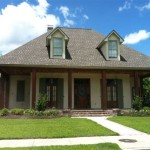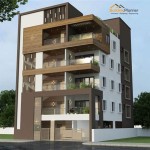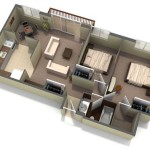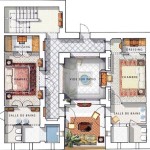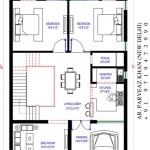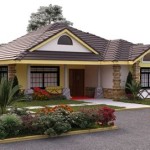Essential Aspects of Residential Care Home Floor Plans
When designing floor plans for residential care homes, several key aspects must be considered to ensure functionality, comfort, and safety for residents. These plans require careful attention to create a living environment that meets the specific needs of individuals receiving care.
1. Accessibility: Floor plans must prioritize accessibility for residents with limited mobility. Wide corridors, ramps, and grab bars provide easy navigation and reduce the risk of falls. Accessible bathrooms and doorways are crucial for wheelchair users and individuals with mobility impairments.
2. Safety: Safety features are paramount in residential care home floor plans. Smoke detectors, fire extinguishers, and sprinkler systems ensure early detection and containment of fires. Non-slip flooring, well-lit hallways, and secure doors enhance resident safety.
3. Privacy and Comfort: Residents require private spaces for rest, relaxation, and dignity. Floor plans should include private bedrooms and bathrooms. Common areas, such as living rooms and dining rooms, should provide ample space for socializing and activities without feeling overcrowded.
4. Staff Efficiency: Floor plans should optimize staff efficiency and workflow. Centrally located staff stations provide visibility and quick access to residents. Utility rooms and storage areas should be conveniently placed to minimize time spent on routine tasks.
5. Outdoor Spaces: Outdoor spaces offer therapeutic benefits and improve residents' well-being. Floor plans should include access to enclosed courtyards, gardens, or patios. These areas can provide sunlight, fresh air, and opportunities for relaxation and socialization.
6. Infection Control: Infection control measures are essential to prevent the spread of disease. Floor plans should consider separating sick residents from others. Negative pressure rooms, if necessary, can help isolate infectious patients.
7. Future Expansion and Flexibility: Residential care homes may need to expand or adapt in the future. Floor plans should be flexible enough to allow for modifications, such as creating additional bedrooms or converting common areas into private spaces.
By incorporating these essential aspects into floor plans, residential care homes can create safe, comfortable, and functional living environments that support the well-being of residents and enhance staff efficiency. It is crucial to engage experienced architects, healthcare professionals, and residents in the design process to ensure optimal outcomes.

Floor Plan Of A Residential Care Home That Conforms To The Typology Scientific Diagram

Example Image Residential Nursing Home Unit Plan Care Senior Living Interior Design

How The Best Nursing Home Designs Focus On Senior Health And Wellness Part 1 General Areas

Example Image Residential Nursing Home Unit Plan Care

Example Image Residential Nursing Home Unit Plan Care Senior Living Interior Design

Best Nursing Home Floor Plans Design

Sem Haven Floor Plans

Nursing Home Floor Plan 2nd Use Case Scientific Diagram
Small House Floor Plan Designs For Nursing Homes
Small House Floor Plan Designs For Nursing Homes

